Load Regulation
| Test | 12V | 5V | 3.3V | 5VSB | DC/AC (Watts) | Efficiency | Fan Speed (RPM) | PSU Noise (dB[A]) | Temps (In/Out) | PF/AC Volts |
| 10% | 5.209A | 2A | 2.003A | 1.006A | 85.01 | 86.799% | 0 | <6.0 | 50.41°C | 0.931 |
| 12.173V | 5.002V | 3.296V | 4.974V | 97.941 | 40.42°C | 115.15V | ||||
| 20% | 11.435A | 3.001A | 3.007A | 1.209A | 169.98 | 89.975% | 0 | <6.0 | 50.74°C | 0.957 |
| 12.162V | 4.999V | 3.293V | 4.966V | 188.919 | 40.83°C | 115.13V | ||||
| 30% | 18.043A | 3.503A | 3.511A | 1.412A | 254.997 | 90.921% | 0 | <6.0 | 55.56°C | 0.981 |
| 12.135V | 4.997V | 3.29V | 4.958V | 280.465 | 41.38°C | 115.09V | ||||
| 40% | 24.605A | 4.005A | 4.016A | 1.616A | 340.094 | 91.166% | 0 | <6.0 | 58.38°C | 0.985 |
| 12.147V | 4.995V | 3.287V | 4.951V | 373.047 | 41.82°C | 115.07V | ||||
| 50% | 30.873A | 5.01A | 5.026A | 1.822A | 425.187 | 90.844% | 411 | <6.0 | 42.1°C | 0.988 |
| 12.136V | 4.991V | 3.283V | 4.942V | 468.041 | 50.97°C | 115.04V | ||||
| 60% | 37.109A | 6.017A | 6.039A | 2.001A | 509.598 | 90.299% | 615 | 7.1 | 42.57°C | 0.989 |
| 12.124V | 4.988V | 3.279V | 4.935V | 564.352 | 50.6°C | 115.01V | ||||
| 70% | 43.428A | 7.024A | 7.055A | 2.234A | 595.06 | 89.527% | 856 | 19.1 | 43.37°C | 0.991 |
| 12.111V | 4.985V | 3.275V | 4.925V | 664.674 | 50.72°C | 114.99V | ||||
| 80% | 49.757A | 8.033A | 8.072A | 2.338A | 679.899 | 88.816% | 1067 | 27.4 | 43.94°C | 0.992 |
| 12.098V | 4.981V | 3.271V | 4.92V | 765.518 | 50.84°C | 114.97V | ||||
| 90% | 56.492A | 8.538A | 8.57A | 2.443A | 765.339 | 88.024% | 1275 | 32.9 | 44.33°C | 0.993 |
| 12.087V | 4.979V | 3.268V | 4.913V | 869.465 | 51.62°C | 114.94V | ||||
| 100% | 62.971A | 9.045A | 9.099A | 3.067A | 850.156 | 87.045% | 1724 | 42.2 | 45.24°C | 0.993 |
| 12.076V | 4.976V | 3.264V | 4.891V | 976.691 | 52.73°C | 114.9V | ||||
| 110% | 69.338A | 10.055A | 10.214A | 3.069A | 934.72 | 85.953% | 2111 | 46.8 | 46.28°C | 0.992 |
| 12.064V | 4.973V | 3.26V | 4.888V | 1087.489 | 53.78°C | 114.87V | ||||
| CL1 | 0.116A | 18.119A | 18.19A | 0A | 151.317 | 82.89% | 1588 | 39.4 | 40.41°C | 0.958 |
| 12.149V | 4.984V | 3.277V | 4.995V | 182.556 | 46.45°C | 115.13V | ||||
| CL2 | 0.115A | 20.046A | 0A | 0A | 101.405 | 82.881% | 847 | 18.6 | 40.93°C | 0.942 |
| 12.163V | 4.989V | 3.3V | 5.003V | 122.35 | 45.63°C | 115.15V | ||||
| CL3 | 0.115A | 0A | 20.13A | 0A | 67.399 | 77.353% | 552 | <6.0 | 40.69°C | 0.927 |
| 12.162V | 5.002V | 3.278V | 5V | 87.131 | 46.1°C | 115.15V | ||||
| CL4 | 70.314A | 0A | 0A | 0A | 849.774 | 87.976% | 1493 | 37.3 | 45.24°C | 0.993 |
| 12.086V | 4.987V | 3.277V | 4.982V | 965.928 | 50.34°C | 114.89V |
Load regulation is tight enough on all rails but 3.3V.
Ripple Suppression
| Test | 12V | 5V | 3.3V | 5VSB | Pass/Fail |
| 10% Load | 11.0 mV | 6.9 mV | 4.7 mV | 14.8 mV | Pass |
| 20% Load | 14.9 mV | 8.1 mV | 5.5 mV | 15.5 mV | Pass |
| 30% Load | 16.8 mV | 7.6 mV | 5.9 mV | 17.9 mV | Pass |
| 40% Load | 17.3 mV | 9.8 mV | 8.0 mV | 19.3 mV | Pass |
| 50% Load | 19.1 mV | 13.7 mV | 12.5 mV | 20.0 mV | Pass |
| 60% Load | 19.9 mV | 15.5 mV | 15.8 mV | 20.3 mV | Pass |
| 70% Load | 21.0 mV | 16.1 mV | 17.3 mV | 22.0 mV | Pass |
| 80% Load | 21.8 mV | 15.5 mV | 16.3 mV | 21.5 mV | Pass |
| 90% Load | 23.0 mV | 13.1 mV | 16.4 mV | 21.7 mV | Pass |
| 100% Load | 36.2 mV | 13.8 mV | 18.2 mV | 30.6 mV | Pass |
| 110% Load | 38.7 mV | 14.1 mV | 18.8 mV | 29.9 mV | Pass |
| Crossload 1 | 21.7 mV | 9.3 mV | 14.3 mV | 16.6 mV | Pass |
| Crossload 2 | 11.0 mV | 6.9 mV | 4.4 mV | 11.6 mV | Pass |
| Crossload 3 | 9.6 mV | 6.4 mV | 14.1 mV | 10.8 mV | Pass |
| Crossload 4 | 35.1 mV | 10.5 mV | 10.5 mV | 22.0 mV | Pass |
Ripple suppression is good, especially on the minor rails.
Pages:
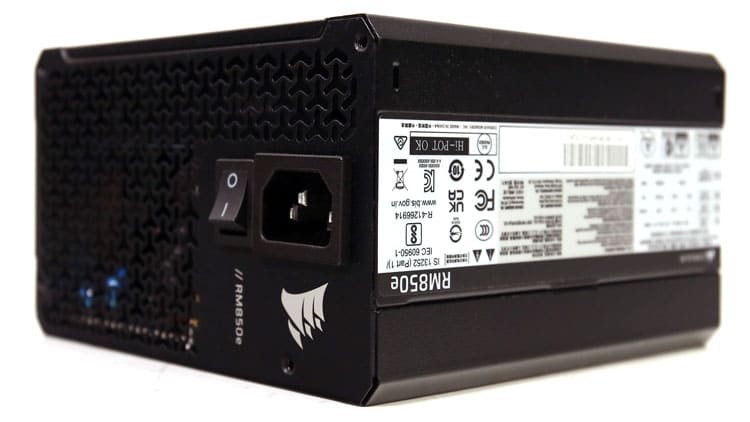
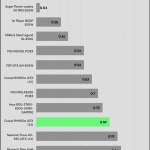
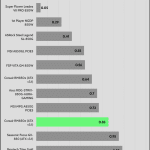
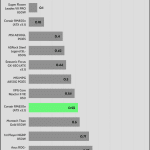
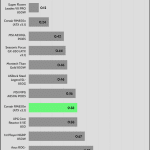
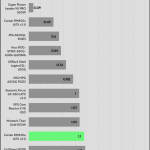
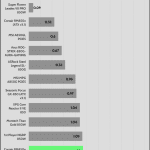

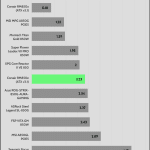
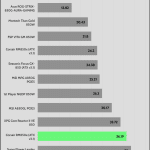
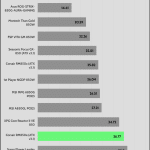
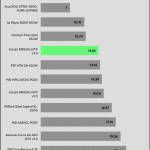

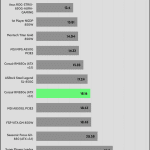
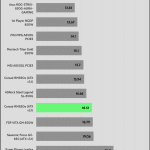

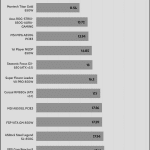
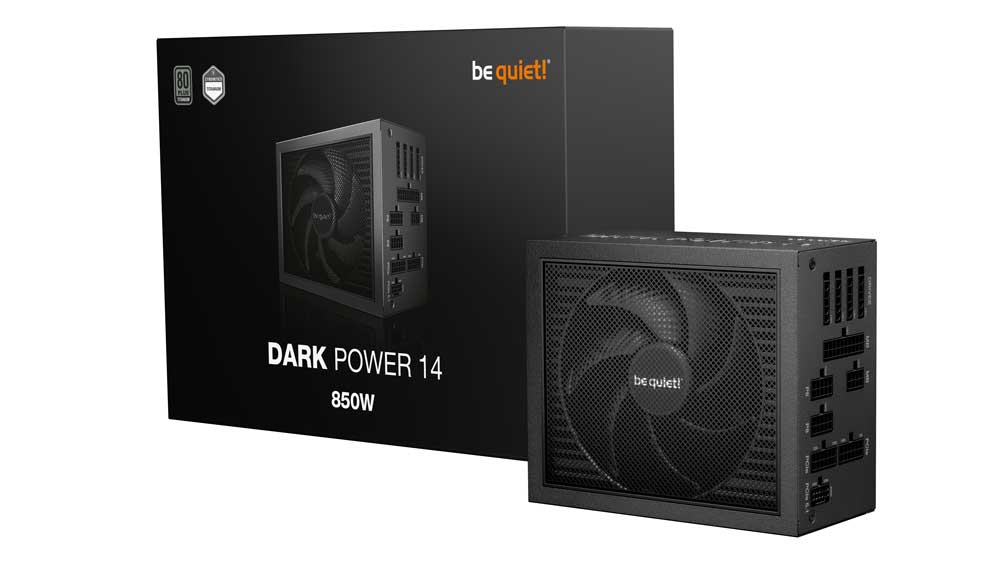

Hi Aris,
I had a general question about PSUs and don’t know where to post it so I’ll just put it here.
For most of the other PC components there is this “world of information” that you can use to make decisions on what to buy but also when to buy. Either news, announcements, rumors, roadmaps etc , but for PSUs it’s mostly silent, especially for non flashy brands.
I’m looking for a new PSU 1000-1200W. I bought the Leadex II a long time ago, by sheer chance with no research and it turned out really good and was looking to keep consistent. I can’t find the 1200W XP version around, only the 1000W XP or Gold but they both seem just decent from the reviews and not top of the line like the 1200W version.
Also can’t find anywhere near the FSP Hydro Ti Pro. All the shops I called said they have stocks when a new unit comes out and slowly go out, and it’s the same thing for most of the top line units. Mid range units are in stock everywhere.
I feel like I’m chasing blind.
So how often do manufacturers launch new lines? It is wise to just buy whatever you find available at a given time or is it worth waiting? How do you know what is expected to come? Could a new ATX spec significantly change the scene?
Thank you!
Hi! Brands try to launch new PSU lines as often as possible because, believe it or not, PSUs are among the most highly profit parts of the IT industry, although not the most flashy ones.
Of course, when there is a new ATX spec like we had the past years, all try to update their lines and get in line with it. In any case, if you are looking for a good 1200W unit, try a Corsair Shift or if 1000W is ok for you, check the RM1000x ATX v3.1. Super Flower models, Leadex Pro, XP etc are also top-notch.
I recently bought RM1000x ATX v3.1, and unit exibits extreme high pitched coil whine when system is not under load, when cpu load increases, coil whine dissapears, I really don’t know is this my system, or quailty of electric installations or simply bad unit. Do you have any recommended PSU that exibit low coil whine?
because of burst mode operation at light loads, to increase efficiency, most modern PSUs can have coil whine at this region, depending on the rest hardware on the test system. It is difficult to suggest something, because it also has to do with the rest system components.
Thank you for your answer, in meantime i managed to find out that disabling c states in my motherboard bios can remove idle coil whine, it is audible only before booting into windows and in bios. I didn’t really need 1000w, I just wanted to “future proof” my system, in theory would going to lower wattage like 850w or 750w help, I always go for 300w gpus?